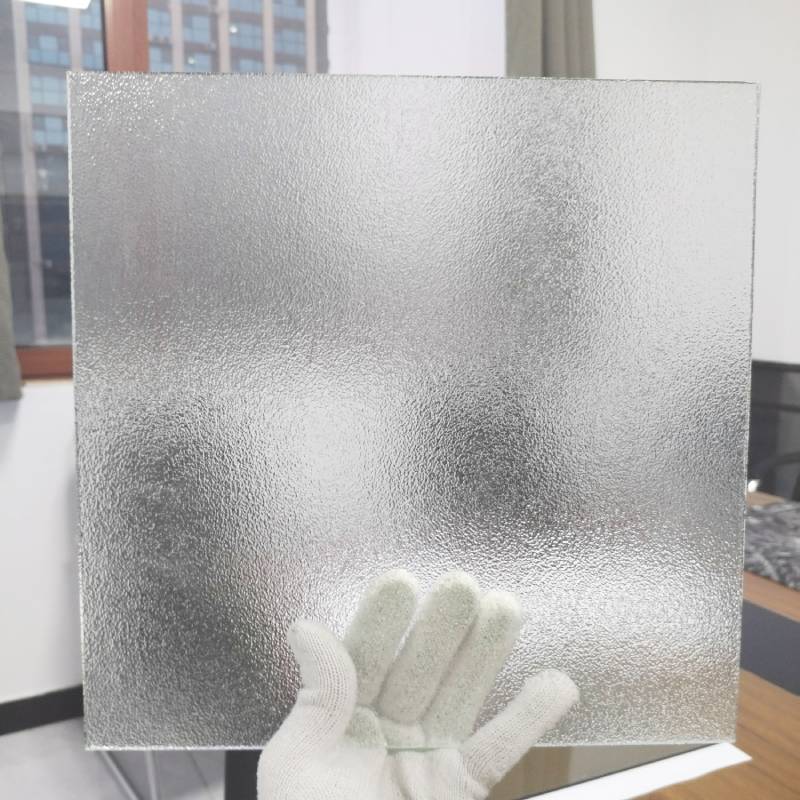Tempered Glass and Laminated Glass Understanding Their Unique Qualities
In the contemporary construction and design landscape, glass is more than just a transparent barrier; it plays a fundamental role in aesthetics, safety, and functionality. Among the various types of glass available, tempered glass and laminated glass stand out due to their specific attributes, applications, and benefits.
Tempered Glass
Tempered glass, also known as toughened glass, is produced through a process of extreme heating and rapid cooling. This transformation results in superior strength compared to standard glass. The manufacturing process involves heating the glass to approximately 620 degrees Celsius (1148 degrees Fahrenheit) and then cooling it rapidly. This technique not only enhances the strength of the glass but also improves its resistance to thermal stress.
One of the main advantages of tempered glass is its safety feature; if broken, it shatters into small, blunt pieces rather than sharp shards, significantly reducing the risk of injury. This quality makes tempered glass a popular choice in applications such as shower doors, glass doors and tables, and facades. Additionally, tempered glass can be manufactured in a variety of sizes and thicknesses, offering versatility in design and use.
Laminated Glass
tempered glass and laminated glass
On the other hand, laminated glass is engineered by sandwiching a layer of polyvinyl butyral (PVB) or another interlayer between two or more layers of glass. This composition gives laminated glass unique characteristics that set it apart from other glass types. The primary benefit of laminated glass lies in its ability to hold together when shattered. Instead of breaking apart, the interlayer binds the glass fragments, maintaining structural integrity and preventing debris from scattering, which enhances safety.
Laminated glass is not only used for its protective benefits but also for its sound insulation properties. It effectively reduces noise transmission, making it an excellent choice for buildings in urban environments. Moreover, laminated glass can provide UV protection, blocking harmful rays from entering spaces, thus preserving interior furnishings and reducing fading.
Comparative Applications
In terms of applications, tempered glass is often favored for areas requiring high strength and resistance to impact, such as exterior facades and safety partitions. In contrast, laminated glass is predominantly used in locations where safety from shattering and sound insulation are paramount, such as in skylights and car windshields.
Both tempered and laminated glass play crucial roles in modern architecture and design, offering safety, durability, and design flexibility. Ultimately, the choice between the two depends on specific project needs, whether it is the strength and thermal resistance of tempered glass or the safety and acoustic benefits of laminated glass. Understanding these differences helps creators and builders make informed decisions, ensuring the right glass is employed for each application.
 Afrikaans
Afrikaans  Albanian
Albanian  Amharic
Amharic  Arabic
Arabic  Armenian
Armenian  Azerbaijani
Azerbaijani  Basque
Basque  Belarusian
Belarusian  Bengali
Bengali  Bosnian
Bosnian  Bulgarian
Bulgarian  Catalan
Catalan  Cebuano
Cebuano  Corsican
Corsican  Croatian
Croatian  Czech
Czech  Danish
Danish  Dutch
Dutch  English
English  Esperanto
Esperanto  Estonian
Estonian  Finnish
Finnish  French
French  Frisian
Frisian  Galician
Galician  Georgian
Georgian  German
German  Greek
Greek  Gujarati
Gujarati  Haitian Creole
Haitian Creole  hausa
hausa  hawaiian
hawaiian  Hebrew
Hebrew  Hindi
Hindi  Miao
Miao  Hungarian
Hungarian  Icelandic
Icelandic  igbo
igbo  Indonesian
Indonesian  irish
irish  Italian
Italian  Japanese
Japanese  Javanese
Javanese  Kannada
Kannada  kazakh
kazakh  Khmer
Khmer  Rwandese
Rwandese  Korean
Korean  Kurdish
Kurdish  Kyrgyz
Kyrgyz  Lao
Lao  Latin
Latin  Latvian
Latvian  Lithuanian
Lithuanian  Luxembourgish
Luxembourgish  Macedonian
Macedonian  Malgashi
Malgashi  Malay
Malay  Malayalam
Malayalam  Maltese
Maltese  Maori
Maori  Marathi
Marathi  Mongolian
Mongolian  Myanmar
Myanmar  Nepali
Nepali  Norwegian
Norwegian  Norwegian
Norwegian  Occitan
Occitan  Pashto
Pashto  Persian
Persian  Polish
Polish  Portuguese
Portuguese  Punjabi
Punjabi  Romanian
Romanian  Russian
Russian  Samoan
Samoan  Scottish Gaelic
Scottish Gaelic  Serbian
Serbian  Sesotho
Sesotho  Shona
Shona  Sindhi
Sindhi  Sinhala
Sinhala  Slovak
Slovak  Slovenian
Slovenian  Somali
Somali  Spanish
Spanish  Sundanese
Sundanese  Swahili
Swahili  Swedish
Swedish  Tagalog
Tagalog  Tajik
Tajik  Tamil
Tamil  Tatar
Tatar  Telugu
Telugu  Thai
Thai  Turkish
Turkish  Turkmen
Turkmen  Ukrainian
Ukrainian  Urdu
Urdu  Uighur
Uighur  Uzbek
Uzbek  Vietnamese
Vietnamese  Welsh
Welsh  Bantu
Bantu  Yiddish
Yiddish  Yoruba
Yoruba  Zulu
Zulu 

